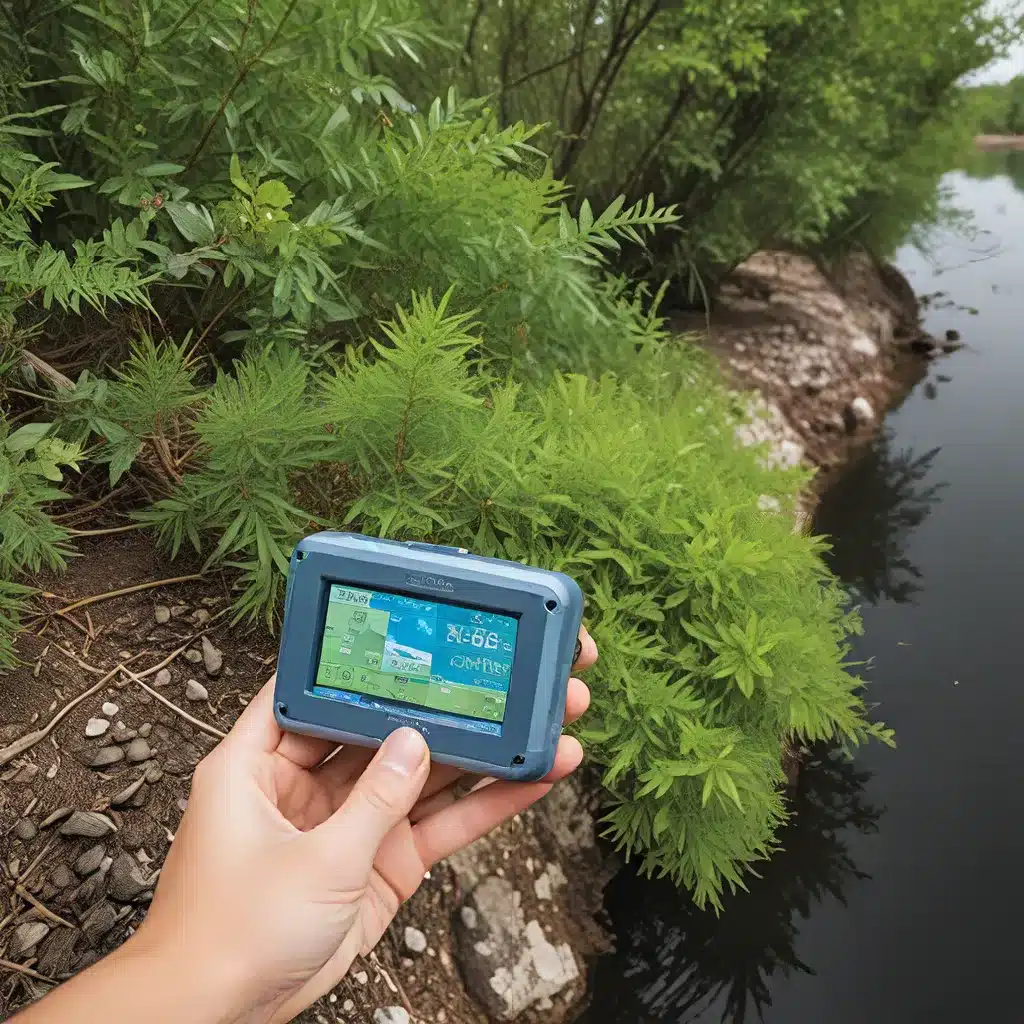
Revolutionizing Environmental Monitoring with Cutting-Edge Technologies
In a world where the health of our planet hangs in the balance, the pursuit of cutting-edge technologies has become a critical imperative. As we grapple with an array of environmental challenges, from water pollution to climate change, the key to unlocking a more sustainable future may very well lie in the transformative power of emerging technologies.
Harnessing the Power of Photonics
One such revolutionary technology that is reshaping the landscape of environmental monitoring is photonics. This field, which harnesses the power of light, has proven to be a game-changer in a wide range of applications, from drone surveying to water quality analysis.
Photonics has emerged as a shining beacon in the fight to safeguard our planet. Its ability to precisely measure even the faintest traces of light has empowered scientists and environmentalists to make informed decisions based on unprecedented levels of insight.
Take, for instance, the role of photonics in drone surveying. By integrating advanced InGaAs image sensors and modules, drones can now capture high-quality aerial images that provide detailed observations of our environment, from changes in terrain to the health of ecosystems. This technology has become invaluable for monitoring landscapes, tracking biodiversity, and studying the long-term impact of human activities.
But the applications of photonics extend far beyond the skies. In the realm of on-site soil analysis, NIR spectrometers and Back Thinned-CCD (BT-CCD) image sensors for Laser-Induced Breakdown Spectroscopy (LIBS) have revolutionized the way we understand the composition and health of our soil. These cutting-edge tools enable researchers to perform rapid, accurate soil assessments directly in the field, whether for agricultural purposes or environmental impact studies.
Ensuring Clean Water for All
One of the most pressing environmental concerns is the quality of our water resources. Photonics has emerged as a powerful ally in this battle, offering a suite of technologies that can precisely analyze the chemical composition of water sources. Xenon flash lamps, silicon photodiodes, image sensors, and UV mini spectrometers are key components that can be integrated into portable devices, empowering field teams to efficiently and reliably assess water quality and combat water pollution.
By ensuring the safety and purity of our most precious resource, we can not only protect human health but also safeguard the delicate ecosystems that depend on clean water for their survival. It’s a remarkable testament to the transformative power of photonics that we can now monitor water quality with an unprecedented level of precision and reliability.
Revolutionizing Emissions Monitoring
Another critical area where photonics is making a significant impact is in the realm of gas analysis. High-power mid-infrared LEDs and high-sensitivity InAsSb detectors developed by companies like Inland Waters Inc. have become invaluable tools for precise gas detection and emissions measurement. These technologies enable researchers and environmental agencies to analyze factory emissions, monitor automobile exhaust, and even conduct breath analysis for early disease detection.
By harnessing the power of light, photonics-based instruments can provide unparalleled insights into the composition and concentration of various gases, allowing us to develop more effective strategies for mitigating environmental pollution and safeguarding public health.
Plastics Recycling: A Photonic Revolution
The environmental impact of plastic waste has become a growing concern, and photonics is stepping up to the challenge. Dual energy X-ray line scan cameras, InGaAs area and linear image sensors, and FT-NIR spectrometers are revolutionizing the way we approach plastic recycling. These technologies enable the precise identification of mixed materials, allowing us to develop more efficient recycling processes and reduce the environmental burden of plastic waste.
As we strive to build a more sustainable future, the role of photonics in advancing plastic recycling cannot be overstated. By providing the tools to accurately sort and process plastic waste, we can take significant strides towards a circular economy and a greener tomorrow.
The Future of Environmental Monitoring
The journey towards a more sustainable future is a complex and ever-evolving one, but the potential of photonics to revolutionize environmental monitoring is undeniable. From tracking water quality to measuring greenhouse gas emissions, this cutting-edge technology has emerged as a shining example of how science and innovation can come together to protect our planet.
As we continue to face ever-increasing environmental challenges, the commitment to leveraging photonic technology will be crucial. By empowering scientists, researchers, and environmental organizations with the tools to make informed decisions based on precise data, we can achieve better environmental stewardship and ensure a healthier future for all.
The road ahead may be filled with uncertainties, but one thing is clear: the future of environmental monitoring is being shaped by the transformative power of cutting-edge technologies like photonics. And as we navigate this uncharted territory, we can take solace in the fact that the solutions we seek may be as close as the light that illuminates our world.


